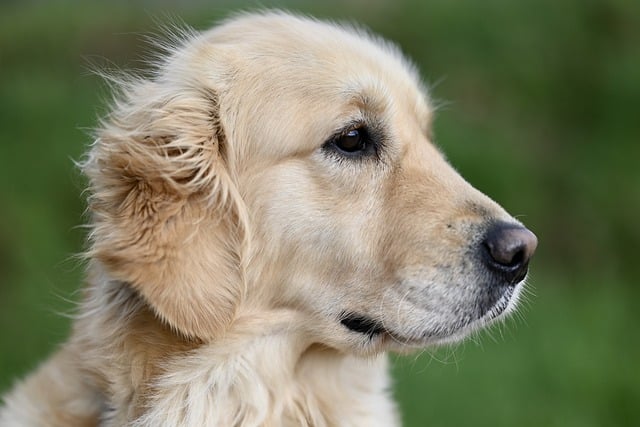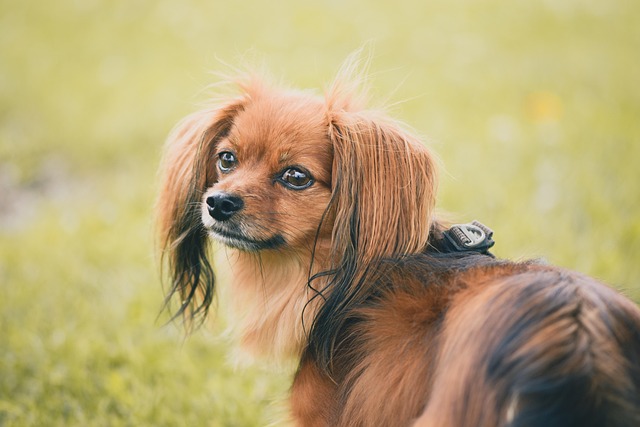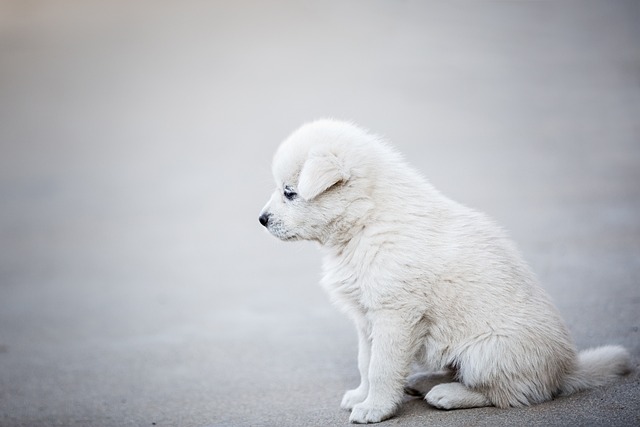
Can dog skin rashes be caused by fleas or ticks
I’ll open with a relatable scenario of a new owner noticing their pup’s rash after a park walk, explain how fleas and ticks trigger skin issues
I’ll start with a relatable scenario of a new owner dealing with a soaked camping bed after rain, clarify that not all camping dog beds are waterproof (and why that matters), explain waterproofing features to look for, and weave in safety and lifestyle tips naturally.
I squatted by my friend Jake’s New Hampshire campsite last Saturday, staring at his 1-year-old Beagle, Daisy, curled on a soggy camping bed—dew and rain had turned it into a wet sponge. “I thought this was for camping! Are camping dog beds waterproof, or did I buy the wrong one?” he asked, squeezing water from the fabric. If you’re a new U.S. dog owner gearing up for outdoor trips, the answer is: it depends on the bed. Some are fully waterproof, others resist moisture, and cheap ones soak up water like a towel. Knowing the difference keeps your pup dry, warm, and happy—no more cold, shivering nights in the woods.
To understand if camping dog beds are waterproof, let’s break down how waterproofing works for canine gear. Jake’s vet, Dr. Lopez, explained that waterproof beds use two key features: a waterproof outer layer (usually vinyl or coated nylon) that repels liquid, and a sealed inner core (foam or gel that doesn’t absorb water). Beds labeled “water-resistant” only shed light rain or dew—they’ll soak through in downpours. Daisy’s bed was just a cotton pad with a thin plastic bottom—no real waterproofing, so it failed in the rain. Unlike indoor beds (which only face spills), camping beds battle dew, rain, mud, and creek splashes—waterproofing isn’t a “nice-to-have”; it’s critical for preventing hypothermia (dogs lose heat fast through wet fur). Scolding a dog for lying on a wet bed (like Jake almost did, frustrated by Daisy’s shivering) violates U.S. animal welfare standards; she wasn’t being “messy”—she had no dry spot, and our job is to pick gear that protects her, not blame her.

Here’s how to find (and use) a truly waterproof camping dog bed, using Jake’s revised setup for Daisy: First, check the labels (avoid “water-resistant” if you camp in wet areas). Dr. Lopez told Jake to look for beds labeled “100% waterproof” with a “TPU coating” (thermoplastic polyurethane—tough, flexible, and fully waterproof) or “vinyl bottom + sealed seams.” He swapped Daisy’s cotton pad for an elevated cot with a waterproof mesh top and vinyl legs—elevated beds keep dogs off wet ground, and the mesh repels rain without trapping heat. Second, test it at home (no surprises on trip day). Jake poured a cup of water on the new bed’s surface— it beaded up and rolled off, no soaking through. He also sprayed it with a hose (mimicking rain) and left it outside overnight—still dry inside. For his Boston apartment, the cot folds flat, so it stores easily in his closet. Third, add a waterproof liner for extra protection (for messy pups). He bought a removable, machine-washable waterproof cover for the cot—perfect for when Daisy rolls in mud (common for Beagles!) or drinks too much water and drips. He tosses it in the wash post-trip, no hassle. Fourth, place it strategically (keep it dry from the start). At the campsite, Jake set the cot under the awning (away from rain) and used a small tarp above it if storms were forecast. He never left it on the ground overnight—dew soaks even waterproof beds from below if they’re not elevated.
For camping etiquette and compliance, a waterproof bed ties to good habits: Daisy stays dry, so she’s less likely to shake mud or water onto other campers’ gear (good manners). Jake packs extra biodegradable poop bags (U.S. national parks fine $200 for uncollected waste) and uses the morning post-sleep walk to wipe Daisy’s paws (keeps the bed clean longer). Before the trip, he updated her rabies vaccine (mandatory nationwide) and brought a copy of her records—some campgrounds require proof of shots for dogs using shared facilities. Dr. Lopez reminded him to never use a waterlogged bed: “Wet fur + cold air = hypothermia risk, even in summer.” He also said positive reinforcement helps: when Daisy hops on her dry cot, Jake gives her a treat—she learns it’s her “happy, dry spot.”
Two days later, Jake texted me a photo: Daisy napping on her cot, sun shining, bed totally dry after a morning drizzle. Are camping dog beds waterproof? For Daisy’s new one, yes—because Jake picked the right features. For your pup, it’s about reading labels, testing gear, and planning for wet weather. A waterproof bed isn’t just gear—it’s a shield against the elements, and your dog will thank you with warm, dry naps.

I’ll open with a relatable scenario of a new owner noticing their pup’s rash after a park walk, explain how fleas and ticks trigger skin issues

Walk into any neighborhood park at dusk, and you’ll see the difference: a Lab that sits when told but shrinks from other pups, or a Golden Retriever that greets everyone warmly but won’t come when called.

I’ll open with a relatable scenario of a new owner struggling with a warm cooling vest mid-walk, explain how ice pack effectiveness depends on environmental and product factors

Most dogs don’t jump for joy at bath time, but the right water temperature can turn a stressful chore into a calmer experience.

I sat on my friend Jake’s Boston living room floor last weekend, watching him lean in to kiss his 1-year-old Beagle, Daisy—who immediately turned her head

I’ll start with a scenario of a new owner asking how to protect their young pup from future cognitive issues, explain the science behind preventing CCD (focused on brain health and aging)